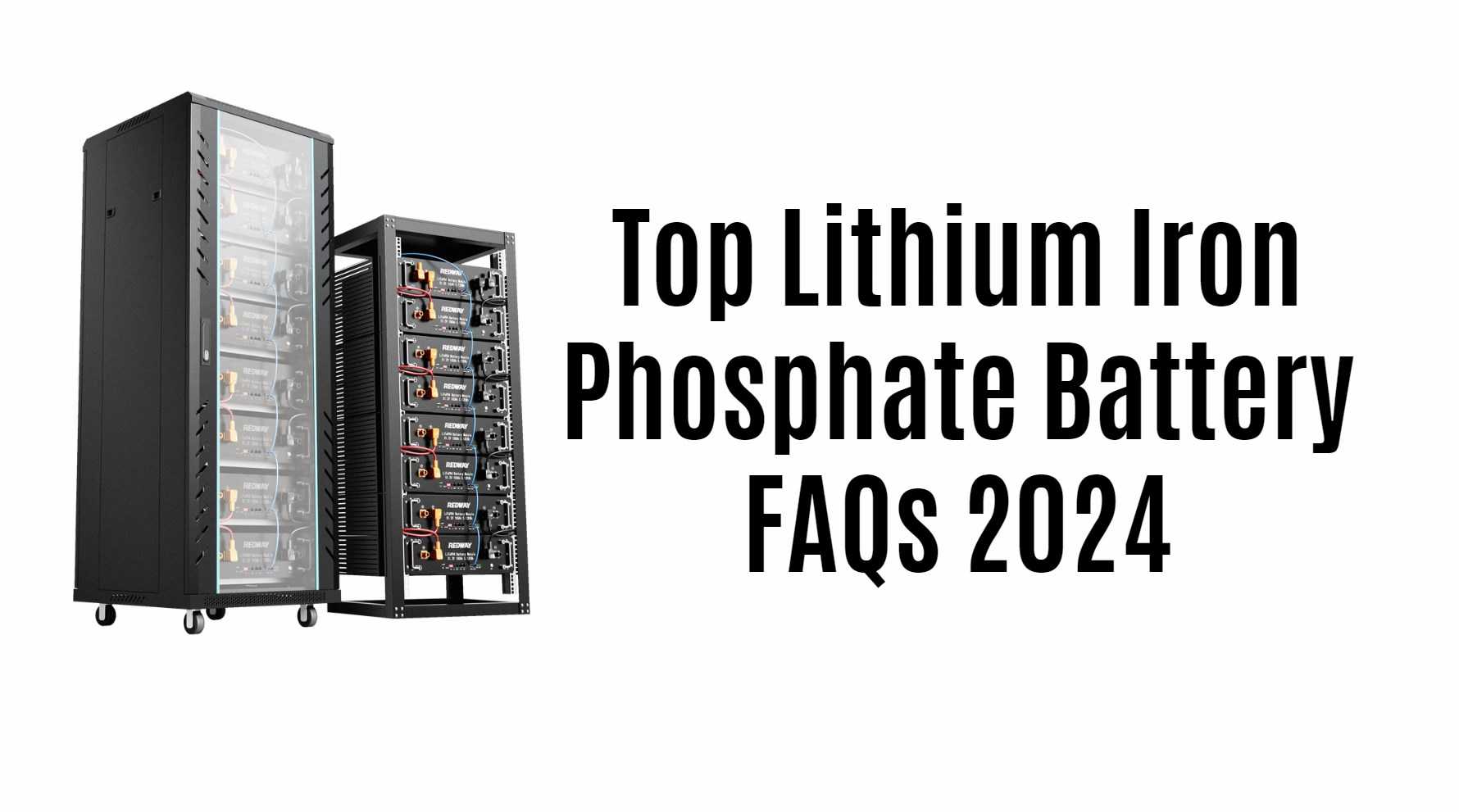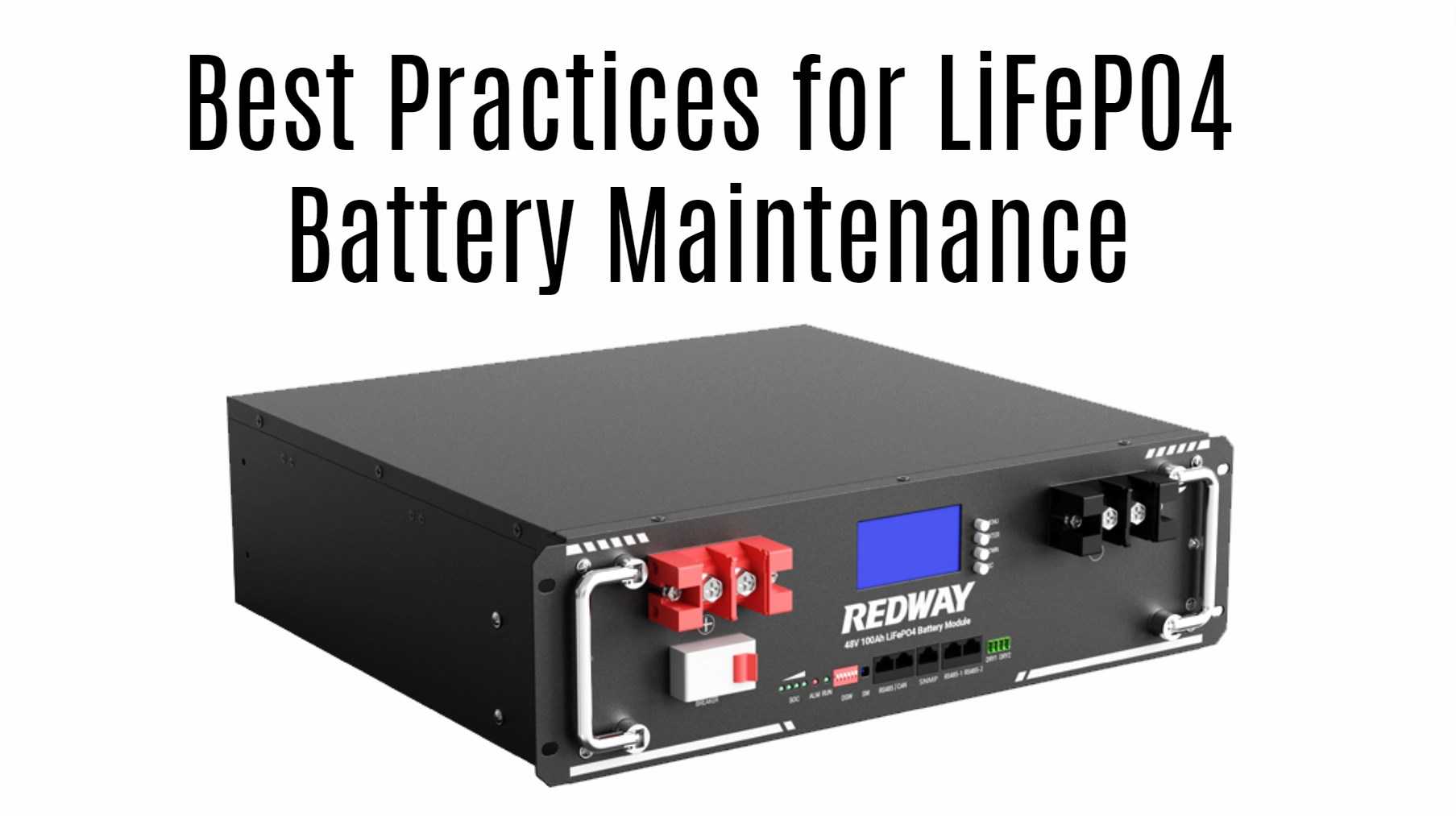As the demand for efficient and reliable energy storage solutions continues to grow, Lithium Iron Phosphate (LiFePO4) batteries have gained significant popularity across various applications, including electric vehicles, renewable energy systems, and portable electronics. In 2024, many users are seeking answers to common questions about these batteries. In this comprehensive guide, we will address the most frequently asked questions regarding LiFePO4 batteries, providing detailed insights to help you make informed decisions.
1. What is a Lithium Iron Phosphate (LiFePO4) Battery?
1.1 Definition and Composition
A Lithium Iron Phosphate battery is a type of lithium-ion battery that uses lithium iron phosphate as its cathode material. This chemistry offers several advantages:
- Safety: LiFePO4 batteries are known for their thermal stability and lower risk of combustion.
- Longevity: They typically have a longer cycle life compared to other lithium-ion chemistries.
1.2 Key Features
- Voltage: The nominal voltage is around 3.2 to 3.3 volts per cell.
- Capacity: Commonly available in various capacities ranging from 100Ah to 300Ah or more.
2. How Long Do LiFePO4 Batteries Last?
2.1 Cycle Life
LiFePO4 batteries can last between 2000 and 5000 cycles, depending on usage conditions and maintenance practices:
- Regularly discharging to lower levels can reduce lifespan, while shallow discharges can extend it.
2.2 Lifespan in Years
With proper care, LiFePO4 batteries can last over 10 years, making them a cost-effective choice for long-term energy storage.
3. What Are the Advantages of Using LiFePO4 Batteries?
3.1 Safety Features
LiFePO4 batteries are among the safest lithium-ion options available:
- They are less prone to overheating and thermal runaway, making them suitable for various applications.
3.2 High Energy Density
These batteries offer a high energy density, allowing them to store more power in a smaller size:
- This feature is particularly beneficial for applications where space is limited.
3.3 Environmentally Friendly
LiFePO4 batteries contain less toxic material than traditional lead-acid batteries, making them more environmentally friendly:
- They are easier to recycle and have a lower overall environmental impact.
4. Can I Use LiFePO4 Batteries in Extreme Temperatures?
4.1 Operating Temperature Range
LiFePO4 batteries perform best within a temperature range of 0°C to 45°C (32°F to 113°F):
- Charging or discharging outside this range can lead to reduced performance or damage.
4.2 Cold Weather Performance
While LiFePO4 batteries can operate in colder temperatures:
- Their performance may temporarily decrease, and users should avoid deep discharges in extreme cold.
5. How Should I Charge My LiFePO4 Battery?
5.1 Recommended Charging Current
The recommended charging current typically falls between 0.5C and 1C:
- For example, a 100Ah battery should be charged at a rate of 50A to 100A.
5.2 Charging Voltage
Ensure that the charging voltage stays within the recommended range:
- The full charge voltage should be around 3.6 to 3.65 volts per cell.
6. What Applications Are Best Suited for LiFePO4 Batteries?
6.1 Electric Vehicles (EVs)
LiFePO4 batteries are widely used in electric vehicles due to their safety and longevity:
- They provide reliable power for extended driving ranges.
6.2 Renewable Energy Systems
These batteries are ideal for solar energy storage systems:
- Their ability to handle deep discharges makes them perfect for storing excess energy generated during the day.
6.3 Portable Electronics
LiFePO4 batteries are increasingly used in portable devices such as laptops and power tools:
- Their lightweight design and high energy density make them suitable for mobile applications.
7. Are There Any Disadvantages of LiFePO4 Batteries?
7.1 Initial Cost
While they offer long-term savings, LiFePO4 batteries typically have a higher upfront cost compared to lead-acid options:
- However, their longevity often offsets this initial investment over time.
7.2 Size and Weight
Although lighter than traditional lead-acid batteries, some users may find larger capacity LiFePO4 batteries bulkier compared to smaller lead-acid options:
- This factor should be considered when space is limited.
8. Latest News on Lithium Iron Phosphate Batteries (2024)
Recent advancements in lithium battery technology continue to enhance performance and safety features:
- Innovations such as smart battery management systems (BMS) allow users better monitoring capabilities.
- Research into solid-state batteries promises increased energy density and improved safety characteristics in future models.
9. Frequently Asked Questions (FAQs)
9.1 Can I mix LiFePO4 batteries with other types?
It is not recommended to mix different battery chemistries as it can lead to imbalances and potentially damage the system.
9.2 How do I know when my LiFePO4 battery needs replacing?
Signs include significantly reduced capacity, difficulty holding a charge, or physical damage such as swelling or leaks.
9.3 What should I do if my battery shows reduced capacity?
If you notice reduced capacity, check for any signs of damage or degradation; consider consulting a professional for evaluation.
10. Conclusion
In conclusion, Lithium Iron Phosphate (LiFePO4) batteries offer numerous advantages that make them an excellent choice for various applications in 2024 and beyond. Understanding their characteristics, benefits, and best practices will help you maximize their performance and longevity while ensuring safety in your energy storage solutions.At Redway Battery, we specialize in manufacturing high-quality Lithium LiFePO4 solutions tailored to meet diverse customer needs worldwide. With our extensive experience in this field, we provide custom solutions quickly for wholesale and OEM customers. For a quick quote or more information about our products, please contact us today!





